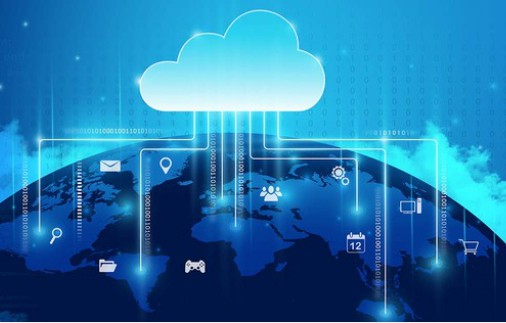Global IT supply chain
International transportation + IT O&M outsourcing + self-owned backbone network
In today’s rapidly developing information technology era, overseas cloud servers and traditional servers have become popular choices for numerous businesses and individual users. Each has its own advantages, suitable for different usage scenarios and requirements. In the following, we will delve into a comprehensive comparison of these two types of servers from multiple dimensions to assist you in making a more informed choice.

Firstly, from the perspective of infrastructure, overseas cloud servers rely on cloud computing platforms to provide virtualized instances. Users can flexibly adjust computing resources based on business needs. This elastic scalability ensures that cloud servers can handle various unexpected situations and maintain stable business operations. In contrast, traditional servers are physical devices with fixed resources, making it difficult to adjust flexibly once the purchase and configuration are completed.
In terms of resource flexibility, overseas cloud servers exhibit unique advantages. Leveraging virtualization technology, cloud servers enable dynamic allocation of computing resources, allowing users to increase or decrease CPU, memory, and storage space as needed. This flexibility enables cloud servers to accommodate various scales of business demands, avoiding resource waste and excessive costs. On the other hand, traditional servers are constrained by fixed hardware resources, making it challenging to meet rapidly changing business requirements.
In terms of management and maintenance, overseas cloud servers are typically handled by cloud service providers. They possess professional technical teams and comprehensive service systems to ensure the stable operation of servers and prompt response to any failures. Users only need to focus on their business applications, without worrying about infrastructure management. In contrast, traditional servers require users to take responsibility for management and maintenance, including hardware maintenance, security updates, and performance optimization, which undoubtedly increases operational costs and pressure.
Regarding cost structure, overseas cloud servers often adopt a pay-as-you-go model. Users only pay for the resources they actually use, eliminating the need for significant initial investments. This flexible billing method enables users to better control costs and avoid unnecessary waste. In contrast, traditional servers require a one-time purchase of hardware equipment and related operational costs, resulting in a relatively fixed and unpredictable cost structure.
In summary, there are significant differences between overseas cloud servers and traditional servers in terms of infrastructure, resource flexibility, management and maintenance, and cost structure. The choice depends on your specific needs, budget, and technical capabilities. If you require flexible adjustment of computing resources, cost reduction, and professional service support, overseas cloud servers are undoubtedly a better option. However, if you have fixed hardware resource requirements and are willing to take on the responsibility of management and maintenance, traditional servers may be more suitable for you.
For inquiries about pricing and more information, feel free to contact Ogcloud’s online customer service anytime!

International transportation + IT O&M outsourcing + self-owned backbone network

Cellular chips + overseas GPS + global acceleration network

Overseas server room nodes + dedicated lines + global acceleration network

Global acceleration network + self-developed patented technology + easy linking

Global Acceleration Network + Global Multi-Node + Cloud Network Integration


